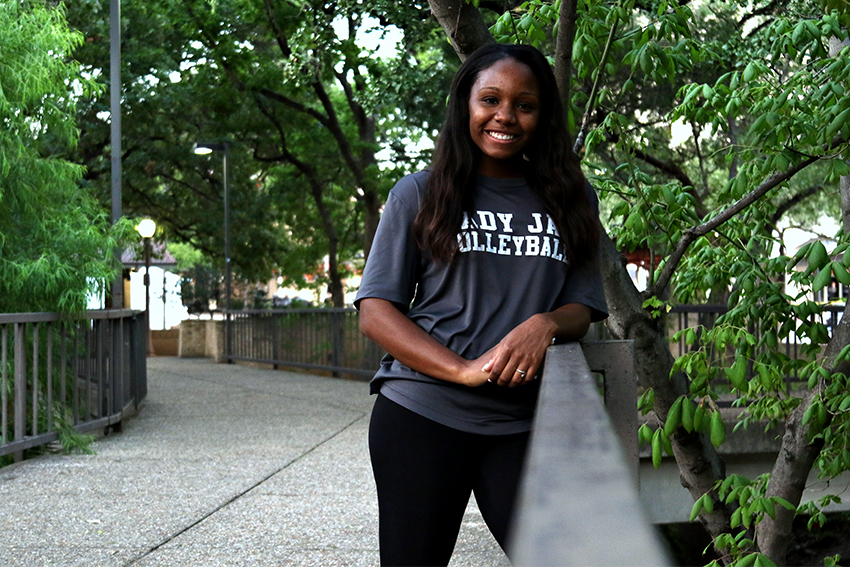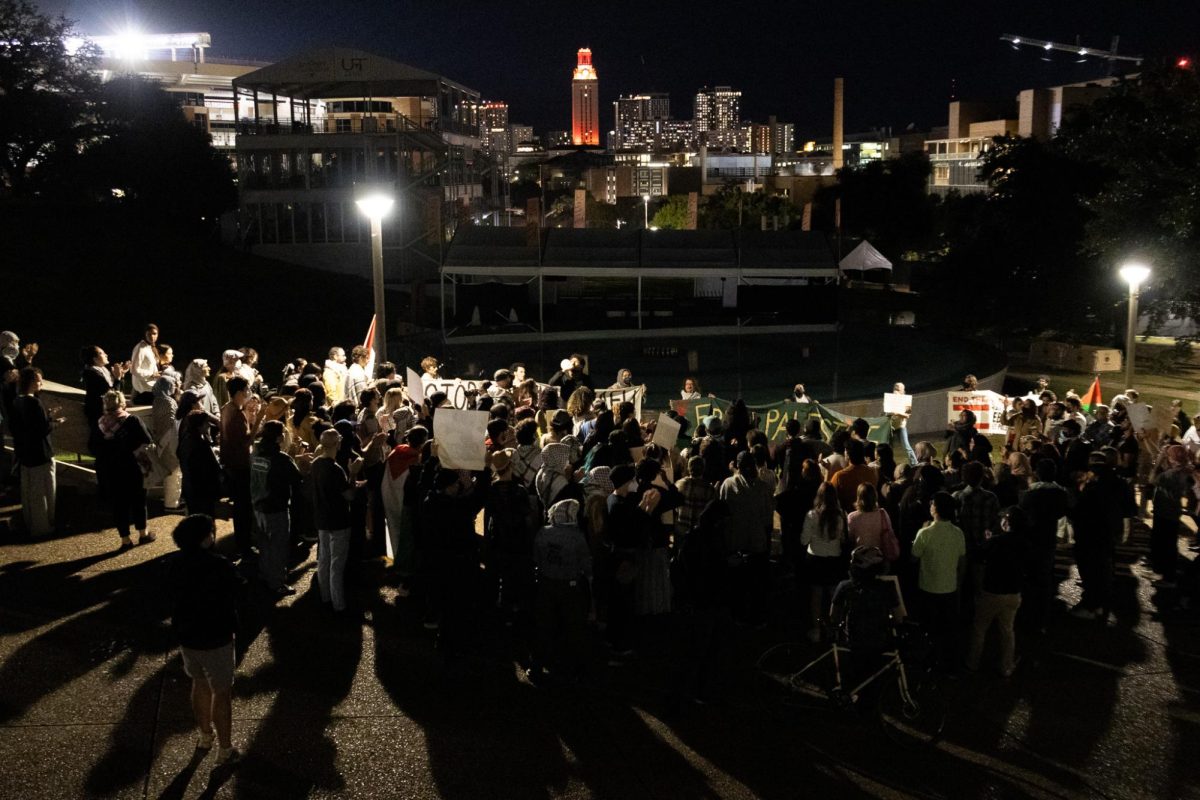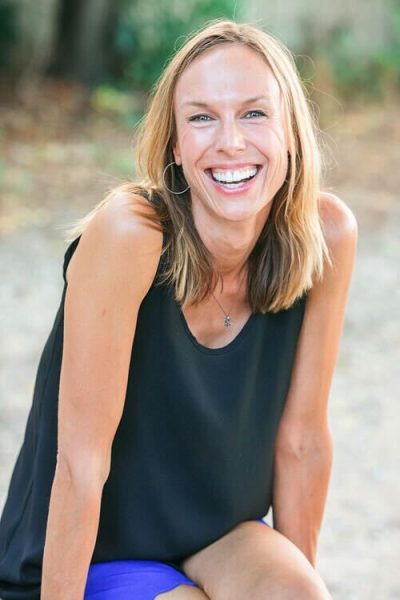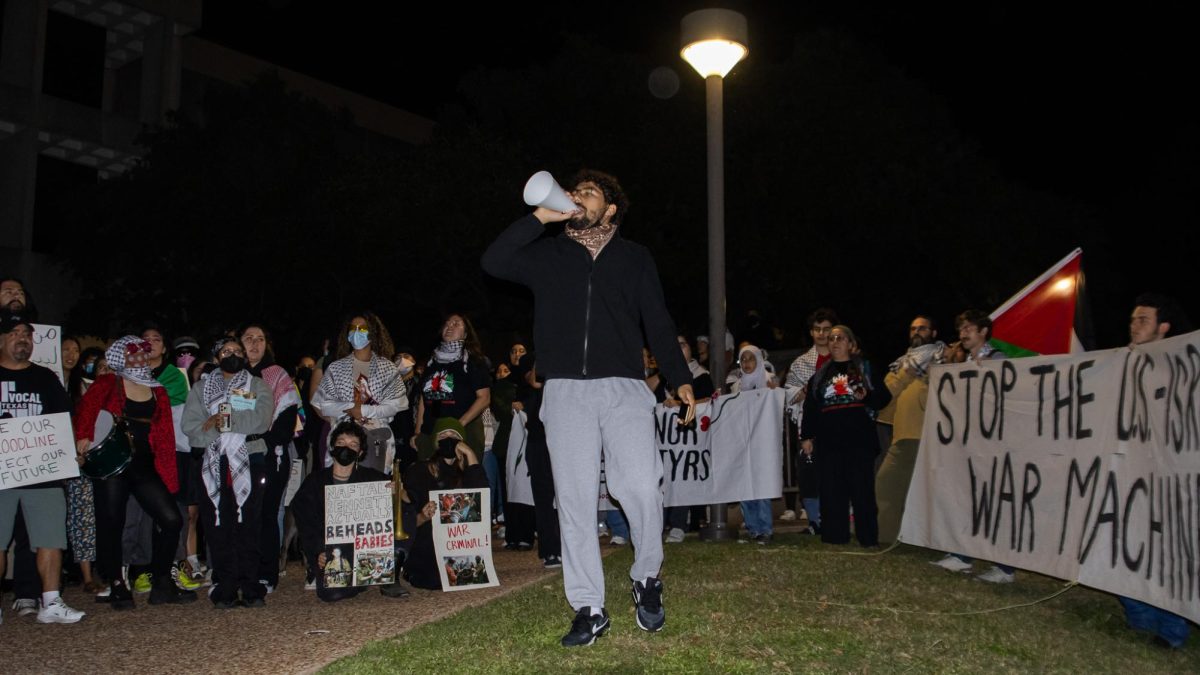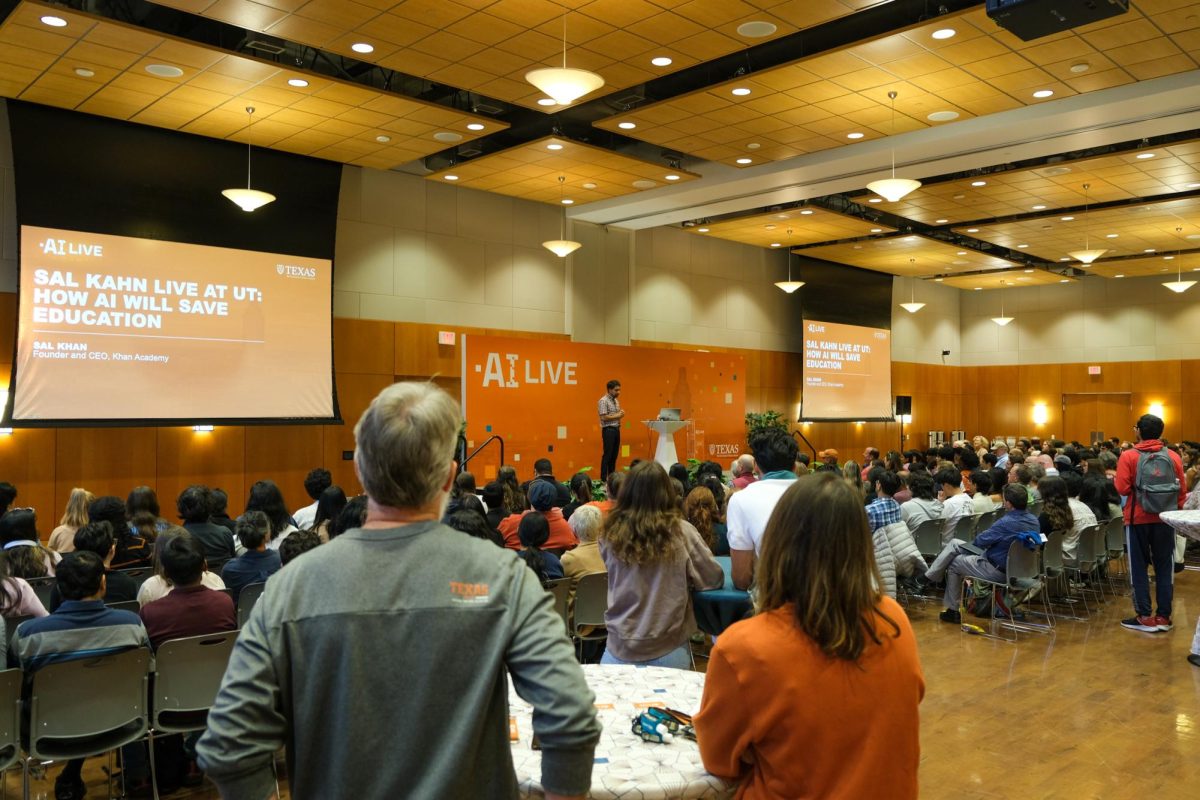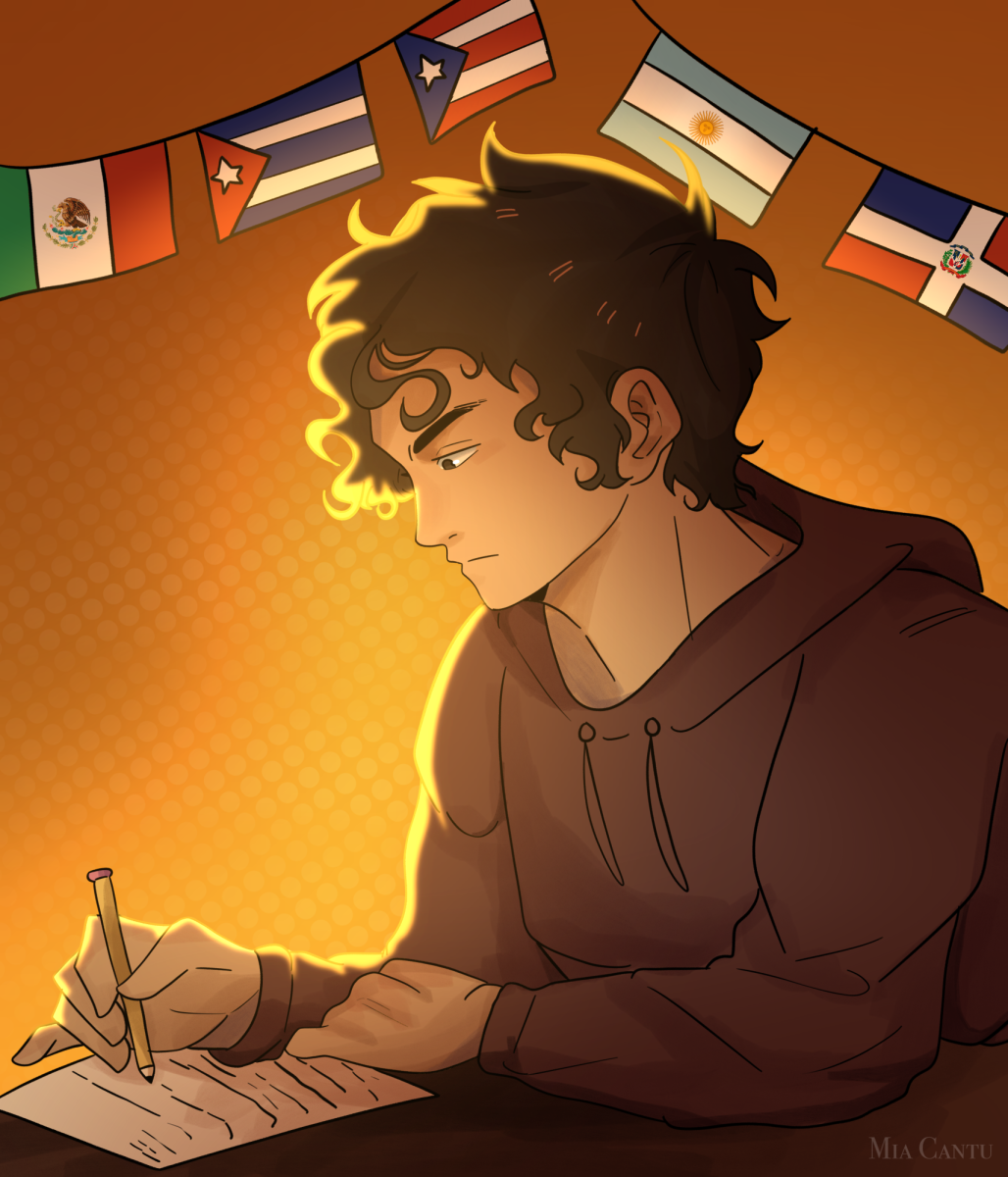Laci Baker hasn’t figured out where her classes are just yet.
Because of a constant downpour of rain that has only let up the past few days, Baker, a biochemistry freshman, has bunkered down in her dorm room and hasn’t wandered campus since arriving this weekend.
But anytime she goes to her adviser’s office, located near the South Mall, she will be among the first class of black freshmen to walk past the area since three Confederate statues came down earlier this month — a fact she doesn’t take lightly.
“It just feels good coming onto campus after such a historic event,” Baker said. “It seems like the University is pushing to make the black students more heard and more comfortable, since we are such a small population on
this campus.”
On Aug. 20, President Gregory Fenves announced in a late-night email that the remaining four statues that line the South Mall would come down. These monuments included vestiges of Jim Crow-era Texas honoring three Confederate leaders — Robert E. Lee, John Reagan and Albert S. Johnston — as well as one depicting former Texas Gov. James Hogg, who had no ties to the Civil War.
In the email, Fenves said the statue removal was necessary in light of the recent events at the University of Virginia in Charlottesville, where less than a week before, a group of white supremacists and neo-Nazis protested the potential removal of a Confederate monument. One woman lost her life and several more were severely injured.
The removal process went well into the night, a move meant to stave off protests and to protect student safety, University spokespeople said.
The University had been in contact with the student body president and vice president on the removal, but Student Government as a larger entity didn’t play a role in the decision.
Management information systems junior Joshua Nyangon said he believes the statues shouldn’t have been there in the first place. But, Fenves should have waited until the semester started to gather input from students and SG, rather than taking them down in the middle of the night.
For years, he said, black students on campus have expressed their frustrations with the statues that remained on the South Mall. But for some reason, it took the deadly events in Charlottesville to spur the University into action.
When he first walked through the McCombs Auditorium as a freshman, Nyangon said he was first shocked at the sheer number of students packed into one space for their orientation.
But when he looked around some more, he noticed something.
“I’m one of three black students here,” Nyangon said. “That led me to think, ‘Do I really belong here? Am I just here to pad their numbers?’ These are actual questions you ask yourself.”
It took a while for Nyangon to see the value in himself as a smart, hard-working student as he sat in a room full of people who looked nothing like him class after class.
“There’s a different experience for black students,” Nyangon said. “You have to deal with all of that basic college stuff. Then you have the dichotomy of being a black student at UT. And whether you want it to or not, it changes your experience; it changes how people approach you, how you approach them.”
As of last year, black students made up 4 percent of campus, while whites encompassed 43 percent of the student body.
For many black students on campus, making up a small chunk of the student body means they need a louder voice just to be heard on such a large campus. But still, many times, their voice gets washed out.
“It’s not about doing one thing and the problems are done — ‘Hey, we removed the statues, we’re good. No more racism.’ No, it’s not about that,” Nyangon said. “It’s about continual efforts in ensuring students feel safe and can bring their whole selves to this school.”
Over the past few days, Baker has participated in New Black Student Weekend, a series of events where upperclassmen welcome incoming freshmen and provide them with resources for their four years on campus as black students.
Baker said one of the biggest lessons her peers have given her is to be prepared for what will come: feeling overwhelmed and alone in classes as the only black person in a sea of white people.
“We are here for a reason,” Baker said. “We’re just as good as everybody else, so don’t let skin color make you feel lesser or that you shouldn’t be in that class. At the end of the day, we all got accepted because
we’re smart.”

